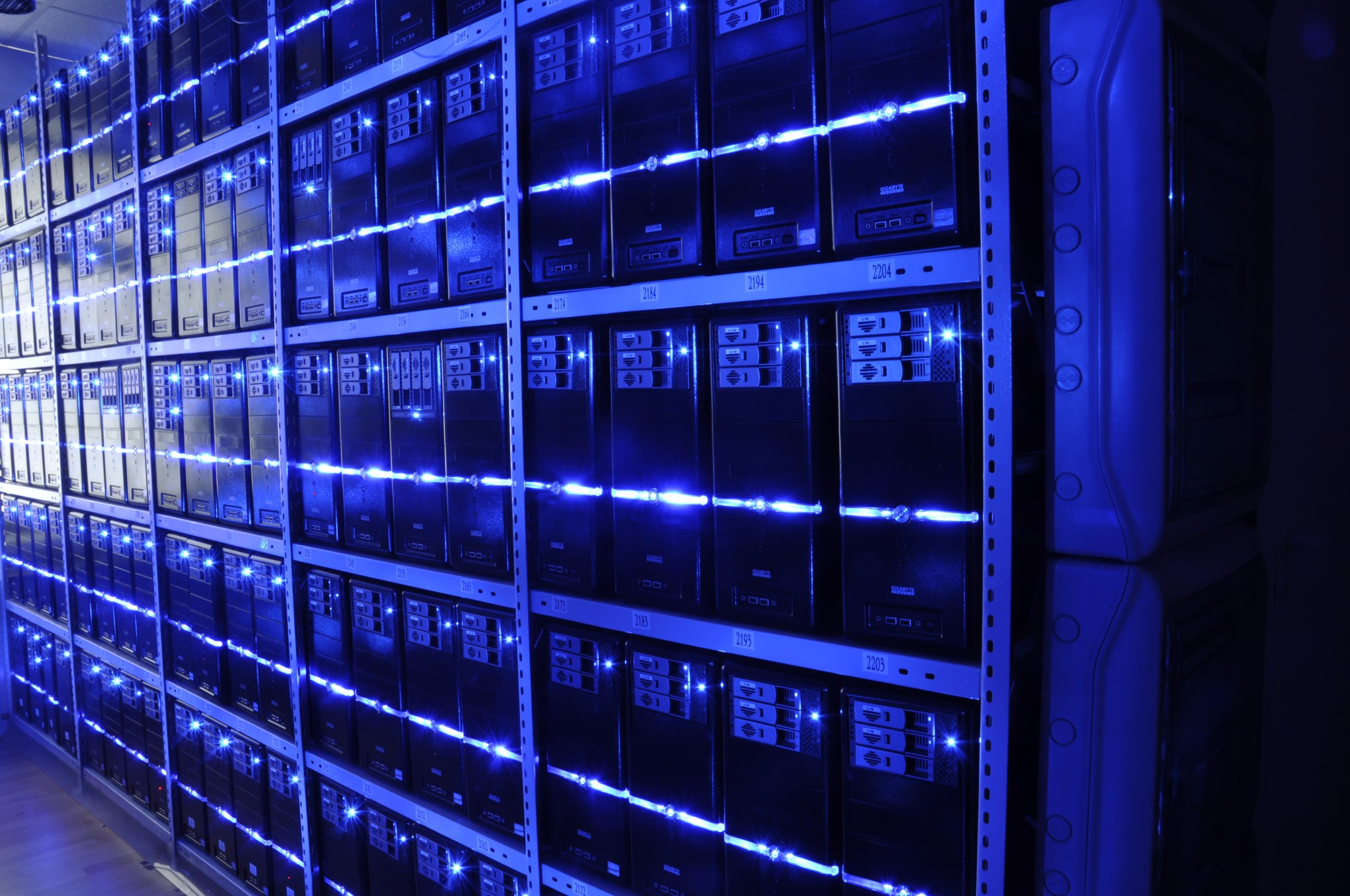Debunking Software Defined Data Center Myths

The global software defined data center (SDDC) market is estimated to reach US$90.416 billion by 2022, from US$36.517 billion in 2017, meaning that companies will continue on the path of software defined everything. While the immediate benefits of SDDCs revolve around less CapEx, OpEx, centralized management, and the deployment of cloud in a box, organizations need to prepare for challenges facing when adhering to SDDCs.
It will work for everyone
Before starting to migrate your legacy infrastructure and technologies to a software defined datacenter, it’s important to set the right expectations in terms of performance and whether the new infrastructure will support legacy technologies. Migrating legacy technologies to new infrastructures might not be an option, as some will probably be completely incompatible.
This challenge needs to be addressed beforehand, by creating a solid migration plan for core technologies, then thinking about the overall benefits of SDDCs. The same level of planning should be applied to network architectures, machine naming conventions, operating systems, and even network bandwidth.
Reduced Headcount
While traditional data center teams focused more on hardware aspects and physically maintaining your legacy data center, building a software defined datacenter requires a completely new set of skills involving virtualization and automation. If your organization previously had a large headcount of field engineers focused mainly on maintenance, chances are the headcount will remain the same. However, these new people will likely focus more on integrating technologies, automating processes and services, and optimizing resource consumption and utilization.
While it is true that some organizations may experience a headcount drop, depending on the size of the migration, the number of people will likely remain within the same margins, except they’ll focus on innovation instead of menial jobs.
Security Gets Easier
As visibility and management over the entire infrastructure becomes a lot easier, security becomes a lot more difficult than expected. The biggest deterrent is that few security vendors have out-of-the-box integration with SDDCs and, instead of helping businesses achieve the level of performance that SDDCs promise, legacy security solutions stand in the way.
Finding a security solution that can integrate with a centralized management console and provide the same level of security for any environment or infrastructure becomes a daunting task. Security needs to become an enabler for software defined data centers, or organizations face more problems than anticipated.
Realizing the Value of SDDC
Transitioning from manual configuration hardware and software to scripts, virtualization, and infrastructures managed using graphical user interfaces is expected to become the new norm. The value lies not just in manageability, but also in the significant performance and cost optimization that SDDCs promise, provided organizations making the leap carefully plan ahead and make the implementation considering core business values.
To deliver security and performance in the data center, organizations first need to overcome security challenges brought forward by virtualization, so that they can focus on optimizing performance and costs.
tags
Author

Liviu Arsene is a Global Cybersecurity Researcher for Bitdefender, with a strong background in security and technology. Researching global trends and developments in cybersecurity, he focuses on advanced persistent threats and security incidents while assessing their impact in critical public and private business infrastructures. His passions revolve around innovative technologies and gadgets, focusing on their security applications and long-term strategic impact.
View all postsRight now Top posts
FOLLOW US ON SOCIAL MEDIA
SUBSCRIBE TO OUR NEWSLETTER
Don’t miss out on exclusive content and exciting announcements!
You might also like
Bookmarks










